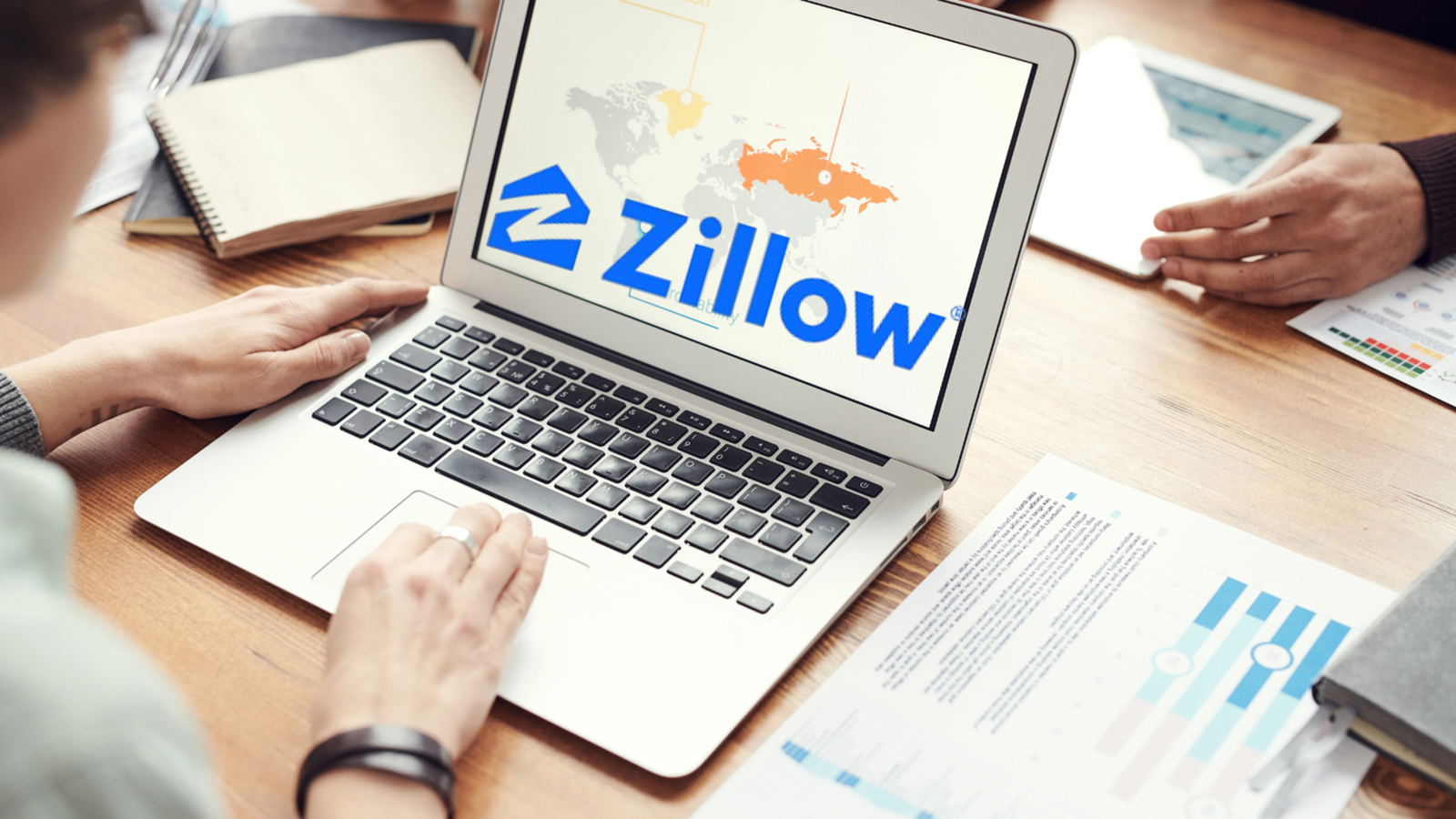Have you ever wondered how companies break through all the marketing noise without spending a fortune on ads? As someone who’s followed real estate companies’ strategies for years, I find it fascinating when a business dares to do something different — something provocative — and it sparks a movement. That’s exactly what Zillow did in its early days, and I think there are powerful lessons here for innovators today.
Table of Contents
ToggleZillow’s Provocation Marketing Strategy: Why It Still Matters Today
In a recent episode of the Tim Ferriss Show, Zillow co-founder Rich Barton explained how his team challenged a huge industry norm: instead of spending big on traditional marketing, Zillow relied on provocation — letting their product do the talking. Barton described how a venture capitalist challenged them to operate with no marketing budget, forcing the team to be more creative. They responded by designing a tool — the “Zestimate”— that instantly drew over 1 million people in just 3 days and turned Zillow into a household name without buying a single ad.
My Take – 4 Ways Provocation Marketing Reshaped Zillow’s Success
Turning Constraints Into Innovation
This highlights something I say all the time: scarcity sparks creativity.
Instead of following the herd and spending big on marketing, Zillow challenged itself to come up with a tool people couldn’t ignore — the Zestimate. It’s a powerful reminder that a tight budget can be a blessing in disguise.
Using Valuable Data to Feed Public Demand
Zillow recognized it was sitting on a gold mine of data.
Instead of keeping it under wraps, it opened up its pricing estimates to the public. The result? An “endless appetite” for information — people kept clicking, sharing, and talking about it.
Creating Provocative, Emotional Appeal
- Barton understood a key principle of provocation marketing: you need a product people care about something that sparks an opinion.
- The Zestimate challenged the way people valued their homes, triggering curiosity, controversy, and conversation. It wasn’t bland; it made people feel something.
Balancing Provocation With Heart
Barton also highlights a delicate balance.
He points out you want your product to be “provocative but not offensive”—you want people to be tickled or excited, not put off. It’s a fine line, and Zillow walked it successfully.
Reader Guidance — How You Can Benefit From Provocation Marketing Today
For Sellers:
Consider how pricing your home with a tool like Zestimate can generate buzz and competition.
Transparency attracts eyes — and the more people view your home, the greater your negotiating power.
For Buyers:
Use these data points to make more informed decisions.
Instead of guessing what a home might be worth, you can leverage provocation — pricing estimates, market trends — to empower your search.
For Entrepreneurs:
If you’re trying to grow a business on a tight budget, ask yourself:
How can you leverage what you already have — your data, your expertise — to create a tool or experience people will talk about?
What is Provocation Marketing, Anyway?
Provocation marketing means designing your product or service to become a conversation starter — something people feel strongly about, whether positively or negatively.
Instead of spending big on ads, companies let their products generate buzz organically by challenging norms and sparking curiosity.
Subtle Solution — Tech-Driven Innovation Is Your Best Asset
As someone who’s been in this industry a long time, I can’t stress enough how powerful technology can be when you leverage it well.
Your data, your expertise — these are your greatest assets.
Using a platform or tool to showcase those assets can cut through all the marketing fluff and connect directly with your audience.
Zillow’s story underscores this in a dramatic way.
Reader Q&A
Is provocation marketing a riskier approach than traditional methods?
It can be — you’re putting yourself “out there”—but when done with care and a clear understanding of your market, it can pay off big.
How can small businesses apply this tactic without huge resources?
Small companies can leverage their unique knowledge, data, or expertise in their niche.
Instead of competing with big players’ ad budgets, you can attract a passionate following by offering something insightful or provocative.
Final thought:
As someone who’s studied numerous companies’ journeys, I find provocation marketing a powerful tool when it’s done strategically and authentically. Zillow turned a clever pricing tool into a multi-billion dollar business — not through huge ad spends, but by making people talk. The question is: what’s your “Zestimate”? What unique asset can you leverage to cut through the noise?



